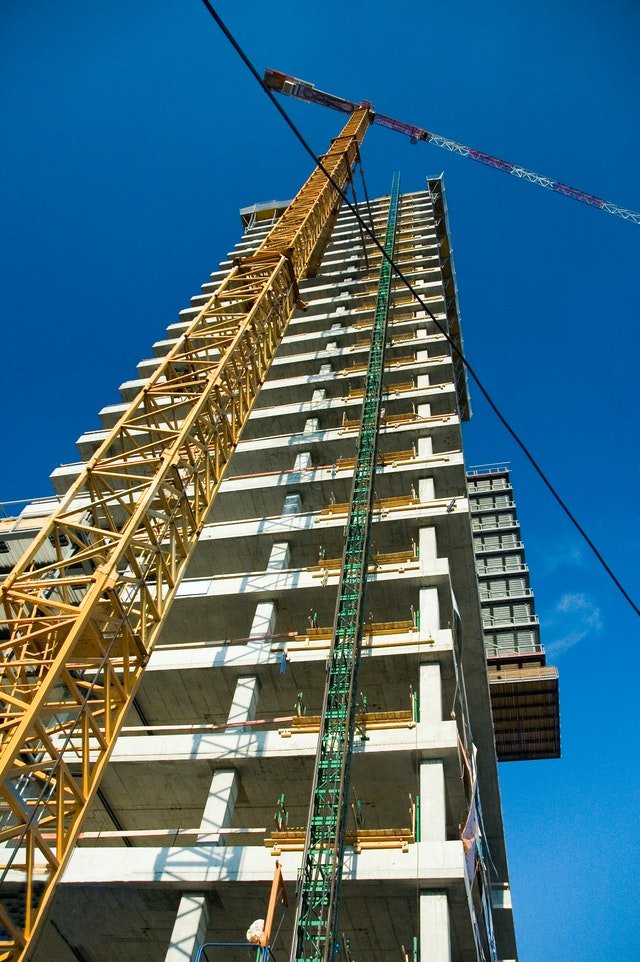India is the world’s second largest cement producer with ~509 million tonnes per year (mtpa) of cement production capacity as of March 2019 and accounts for over 8% of the global installed capacity.
The Indian cement sector accounts for about 1.2% of the country’s GDP and employs more than 0.5 million people.
- Definition / Scope
- Market Overview
- Market Risks
- Market Trends
- Industry Challenges
- Technology Trends
- Market Size and Forecast
- Market Outlook
- Technology Roadmap
- Competitive Landscape
- Competitive Factors
- Key Market Players
- Strategic Conclusion
- References
Definition / Scope
In India the cement industry has tremendous potential for development as limestone of good quality is found throughout the country. Cement is an important element in any construction initiative, from building a small factory to building multi-purpose projects. It is, therefore, correctly ranked as a basic industry. The Indian cement sector accounts for about 1.2% of GDP and employs more than 0.5 million people.
India is the world’s second largest cement producer with ~509 million tonnes per year (mtpa) of cement production capacity as of March 2019 and accounts for over 8% of the global installed capacity.
Cement production stood at 28.1 million tonnes as of July 2019. It is estimated that the capacity for cement production will reach 550 MT by 2020. Of the total capacity, 98% is owned by the private sector and the remainder by the public sector. Some 70% of the total production is accounted for by the top 20 companies.
Industry FDI inflows related to the manufacture of cement & gypsum products reached US$ 5.3 billion between April 2000 and June 2019. In order to boost economic growth, the Government of India is strongly focused on infrastructure development and is aiming for 100 smart cities.
The government also intends to expand the capacity of the railways and the handling and storage facilities to ease the transport of cement and reduce the cost of transportation. Due to the growing demands of various divisions, i.e. housing, commercial construction and industrial construction, the demand for the cement industry is expected to constantly reach 550-600 million tonnes per annum by 2025.
India has a lot of development potential in the infrastructure and construction sectors and is expected to benefit to a large extent from the cement sector. Some of the recent major initiatives are expected to provide a major boost to the sector, such as the development of 98 smart cities.
